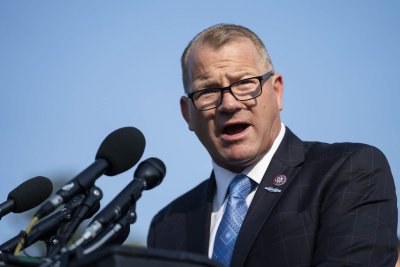Texas Republican announces retirement from Congress in 2026

Nov. 29 (UPI) — Rep. Troy Hehls, R-Texas, on Saturday announced he will not seek re-election in 2026 and will retire from Congress and focus on his family.
Nehls, 57, since 2021 has represented Texas’ 22nd Congressional District, which is situated southwest of Houston and includes parts of Sugar Land, Richmond and Rosenberg, among other Texas communities.
“I have made the decision, after conversations with my beautiful bride and my girls over the Thanksgiving holiday, to focus on my family and return home after this Congress,” he said Saturday in a post on X.
“Before making this decision, I called President Trump personally to let him know of my plans,” he continued.
“President Trump has always been a strong ally for our district and a true friend, and I wanted him to hear it from me first,” Nehls added.
“Serving this country in the military, serving our community in law enforcement and serving this district in Congress has been the honor of my life.”
Nehls enlisted in the Army Reserve in 1988 and earned two Bronze Stars while serving in Bosnia, Iraq and Afghanistan.
He joined the Richmond (Texas) Police Department in 1994 and was elected sheriff of Fort Bend County in 2012, before winning the 2020 House election.
His announced retirement is among several made recently by Republicans and Democrats in the House of Representatives, including Rep. Marjorie Taylor Greene, R-Ga., Rep. Don Bacon, R-Neb. and Rep. Nancy Pelosi, D-Calif.
Nehls’ twin brother, Trever Nehls, already announced his candidacy for the seat and has been endorsed by Troy.
